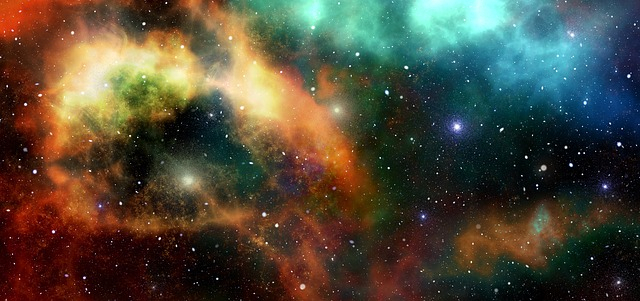
Humans have been dreaming of exploring each and every nook of the universe since the day they started noticing the sky. At the end of the 20th century, space agencies like NASA, ESA and ISRO have launched various space probes to unveil the mystery of this ever-expanding universe. However, a new study has given a hint that the understanding of the universe's depth is still meagre, as astronomers have now spotted 3,00,000 hidden galaxies in a tiny corner of the northern sky.
The study, published in the journal Astronomy and Astrophysics, was conducted by a team of 200 International astronomers from more than 18 countries and they made use of data gathered by the Low-Frequency Array (LOFAR) telescope network in Europe to make this discovery.
After this discovery, the research team revealed that the finding will help astronomers to understand more about black holes and the phenomenon behind the evolution of galaxy clusters.
During the study, researchers successfully detected jets of ancient radiation that were created when galaxies merge together. It should be noted that these radiation emissions were previously unknown to astronomers, and now, experts realized that these missions will span millions of light years.
After making these observations, scientists used a high throughput compute cluster (Grid) and data collected from the LOFAR telescope and later created a high-quality map image of the universe.
"With radio observations, we can detect radiation from the tenuous medium that exists between galaxies. This radiation is generated by energetic shocks and turbulence. LOFAR allows us to detect many more of these sources and understand what is powering them," said Amanda Wilber, a Ph.D. staff member at the University of Hamburg in a recently issued press release.
Interestingly, the research papers now released by the scientists cover only 2 percent of the LOFAR telescope sky survey. Scientists now believe that further studies of this LOFAR telescope sky survey will help them to create high-resolution pictures of the entire northern sky which may eventually disclose more than 15 million unknown radio emission sources.









